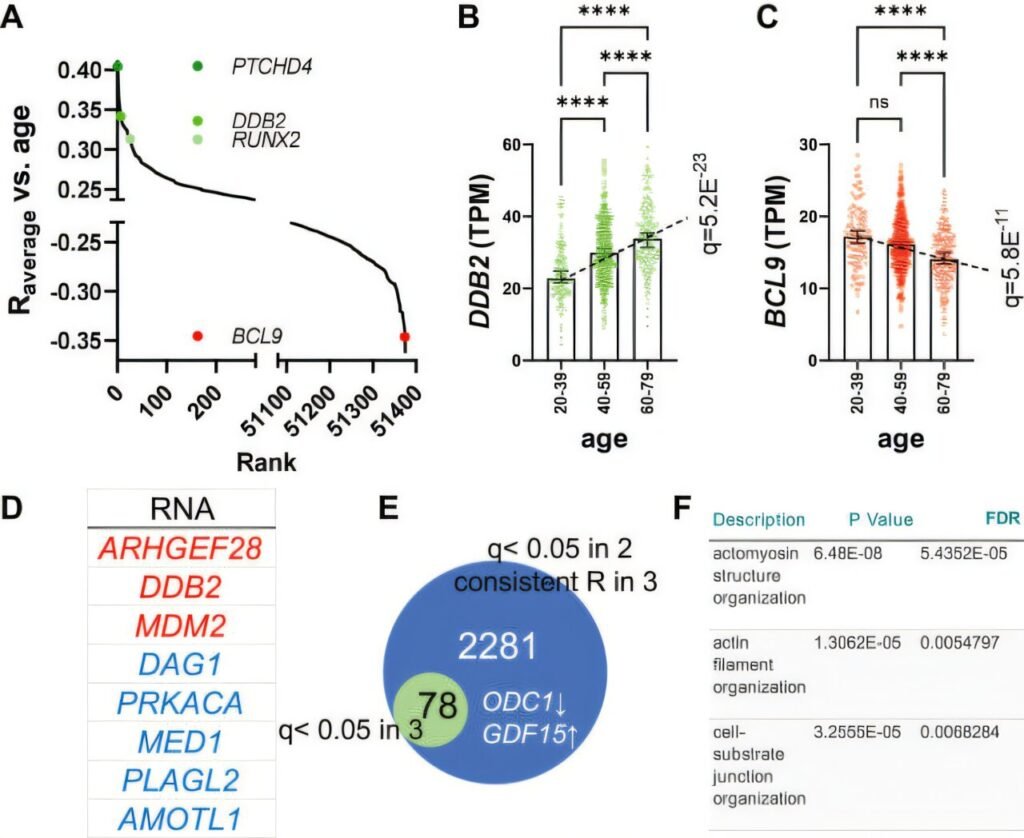Researchers at Lund University in Sweden have made a groundbreaking discovery by creating artificial aging in mice to track the formation of aneurysms in blood vessel walls. The study, recently published in the Journal of Biological Chemistry, revealed that activating a different signaling pathway in the vessel wall cells protected the mice against hypertension. This unexpected finding opens up possibilities for developing complementary blood pressure medications in the future.
High blood pressure affects around one in five people in Sweden, leading to damage to blood vessels over time. As blood vessels age, they become less flexible and more susceptible to damage, increasing the risk of elevated blood pressure and potentially causing aortic aneurysms. The study, titled “Declining activity of serum response factor in aging aorta in relation to aneurysm progression,” was conducted by Senior Lecturer and Associate Professor Catarina Rippe and Professor Karl Swärd at Lund University.
The researchers mapped the genetic changes that occur with aging in healthy human arteries and replicated the aging process in mice by removing a key protein called serum response factor (SRF). The absence of SRF resulted in the rapid development of early signs of aneurysms in the mice, confirming the researchers’ expectations.
In a previous study from 2023, the researchers found that proteins YAP/TAZ, which also decline with aging, are crucial for maintaining healthy blood vessels. When these proteins were removed, the mice developed aneurysms within weeks. The current study revealed that the YAP/TAZ pathway is activated when SRF is absent, suggesting a communication mechanism between the two proteins.
The researchers likened this interaction to classical music, with SRF acting as the main composer and YAP/TAZ stepping in to assist when needed. The enzyme LATS2 was identified as a key player in enabling this communication and activating the YAP/TAZ pathway. Surprisingly, the decline of LATS2 led to the protection of the vessel wall, compensating for the absence of SRF.
Looking ahead, the researchers see potential for developing new blood pressure medications based on these findings. By studying how to inhibit LATS2 in a controlled manner, they aim to protect against vascular damage caused by hypertension. The discovery of this new signaling pathway holds promise for future drug development, although the researchers estimate that it may take at least five years to see tangible results.
Overall, the study sheds light on the intricate biochemical processes that govern blood vessel health and adaptation to mechanical forces. The researchers believe that their findings provide valuable insights into vascular biology and hold significant potential for developing innovative treatments for hypertension and related conditions.


